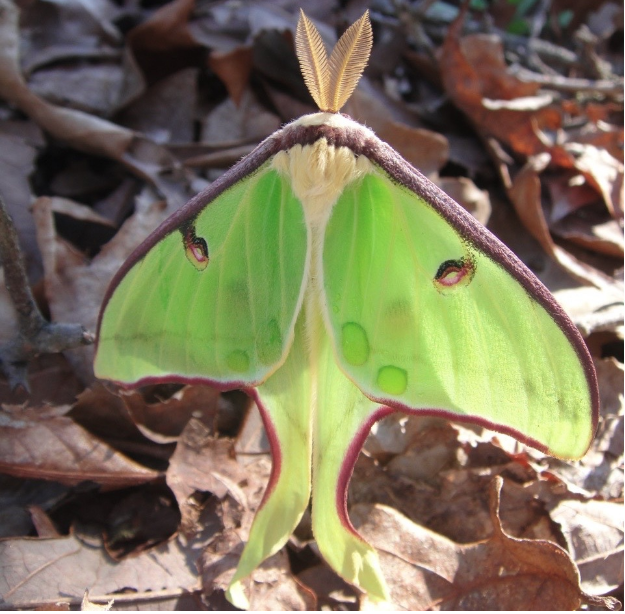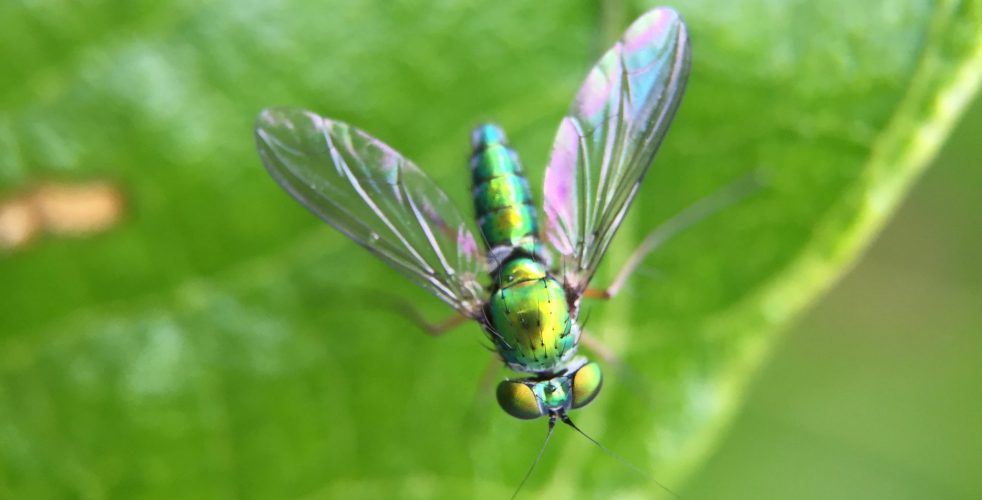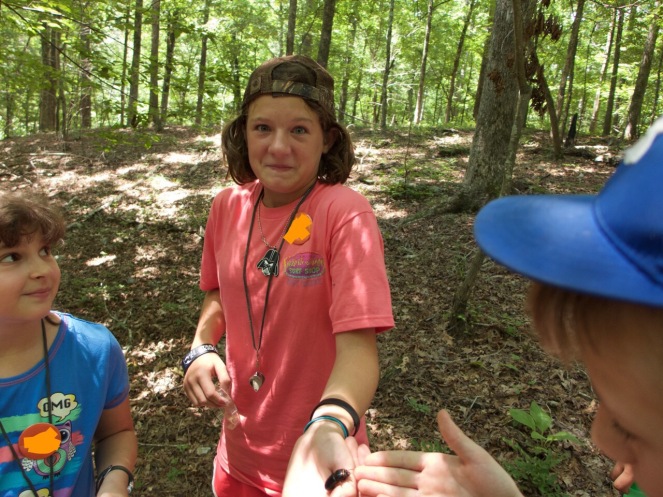Just this past spring, when winter’s biting edge started to offer us some relief and the final weeks of college began to threaten us with adulthood, I and several other Hendrix students travelled to Fayetteville, Arkansas to attend the Arkansas Academy of Sciences conference. This was my first scientific conference and my last chance to present research as a Hendrix student. Finally given the opportunity to present on two years worth of research, I opted to give an oral presentation and was nervously walking through the hallways to my presentation room when I saw a familiar curly head. I stopped short and looked at the man directly, asking in a flustered manner, “Did you teach at the Audubon camp 11 years ago?” Equally startled he nodded his head and said yes. His name was Renn Tumlison and 11 years ago he taught me about mammals in the naturalist haven that is the Halberg Audubon Ecology Camp.
I hadn’t thought much about the camp in the past few years, but meeting Renn again made a flood of memories come back. The Audubon camp was one of the best weeks of my life. While at that camp, I learned about the natural world that I had always been surrounded by. We sought out birds with our binoculars, drew on our skin with slate, and caught insects in butterfly nets. I vividly remember the excellent staff that supported us through our homesickness and curiosity. One evening while there I saw my first luna moth, a sight that felt close to a blessing. A couple of the older girls had found it and we ran outside with our flashlights to get a better look. Its pale green wings rested to display its beauty while its plump, fluffy body held onto a windowsill by delicate legs. Luna moths ever since have remained in my memory as spirits of the forest, precious reminders of the beauty lying in the undergrowth and evening airs of Arkansas.


In that same room was Renn, proudly watching me and Mitchell Pruit, another previous camper, present our research. From campers to successful scientists, Renn was getting to see the long-term effect of the Audubon camp. During this unexpected reunion, I enquired about the camp: did Renn still work there and did they need any help? Sure enough, Renn was still teaching and he connected me with Robin Buff, the camp coordinator. After a few exciting emails, I found myself not only having grown from a camper to a biologist, but to a camp teacher!
Exactly 11 years after I had originally attended, I found myself returning to the Audubon camp to teach the second year campers. This camp is set-up to teach 11-12 year olds about ecology over the course of a week. Kids are put into groups and each day they attend classes on subjects like botany, geology, entomology, ornithology, mammology, herpetology, and aquatic biology. Every class involves building skills in observation and identification of aspects of the natural world through labs and fun games. The kids are also treated to wildlife presentations, recreation time with swimming and canoeing, late afternoon games on ecology, and some of the best camp food imaginable.
Equipped with my bachelors degree in biology from Hendrix College and entomology experience from the Smithsonian Museum of Natural History, I was employed to help teach the advanced ecology students. These were a group of students who had been selected to return to the camp after displaying passion for science and general good behavior from their first year. Very few students are selected to return, and a possible combination of my 11-year old shynness and asthma prevented me from returning for a second year earlier. In a way, I had been invited back, not just for another week at camp, but to teach.
For the advanced course, I joined Janet McAllister, an entomologist from the Center for Disease Control and an experienced Audubon camp teacher. Together we conducted labs on water quality with fun exercises in chemistry and stream invertebrate identification, then trekked up the unique North and South facing slopes of the Ouachita Mountains. While teaching over the course of this week, I found myself observing the kids we were working with and noticing how they worked through their shyness and what aspects of nature they started to notice on their own. Some would run to take me to see an insect they found or come by at dinner to ask what a certain bird call was after giving their own version of it.
In this time I started to realise that we were giving these children resources to observe the natural world around them. Even though most of these children were from the surrounding area, they were unfamiliar with many plants and animals that occurred here. Tamzen Tumlison, the camp director, reflected on her own experiences learning about ornithology as a young camper at Audubon.
“Before I attended camp as a camper, I knew there were a lot of birds, but after taking the Ornithology classes at camp, I learned that there were hundreds of species just in Arkansas, and that they each have unique calls. My 12-year-old mind had never thought to actually listen to the birds before that, and once I got home, one of the first things I did was sit outside and listen.”
While waiting for lights out at camp in the evenings, Tamzen and I would enjoy listening to the summer calls of the Eastern Whippoorwill, a small nightjar bird who merrily calls his name “whip-poor-will, whip-poor-will, whip-poor-will” throughout the night. These small moments embody the fact that the Halberg Ecology Camp has played an important role in the lives of many campers on how to view the world.
While travelling abroad, I have noticed a lack of summer camps in Australia and New Zealand. The American tradition, now seen in absence, has made me reflect on how valuable and important it is to provide camps like the Audubon camp to young children. Our campers come from a variety of different backgrounds and the young age of 11-12 years is a precious time for them to gain skills in observation. No matter where life takes them, they can always find nature. Personally, I learn the local birds, plants, and insects of an area to become acquainted with it and return to observing them especially during times of distress. Nature has become a tool for me to recenter myself, regardless of what is happening in my life or where I am.
To me, it doesn’t matter if we are churning out new biologists. I’m sure some of our campers will become scientists like I did. What I hope for when I teach, is that each child is given an awareness and understanding of ecology that they can use. Something they can use to make sense of this chaotic world and to conserve the patches of nature we have left. Overall, I was given a gift of knowledge and ever since I have built upon this gift. Now I am grateful to continue spreading an appreciation of nature through ecology as I hope to understand more of it myself.






